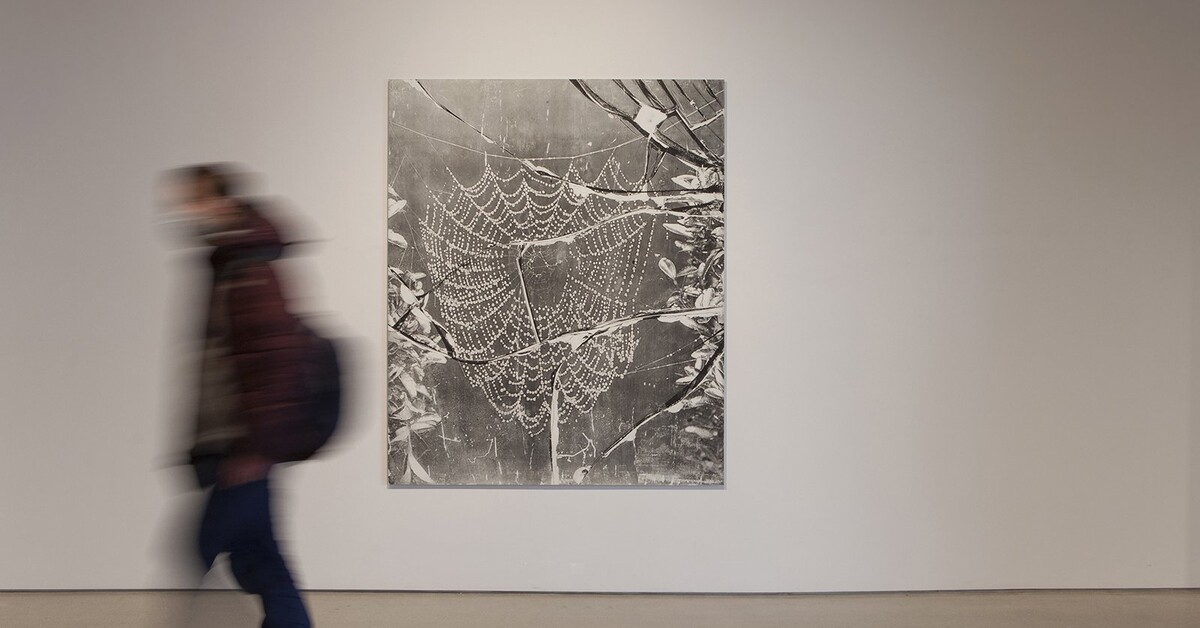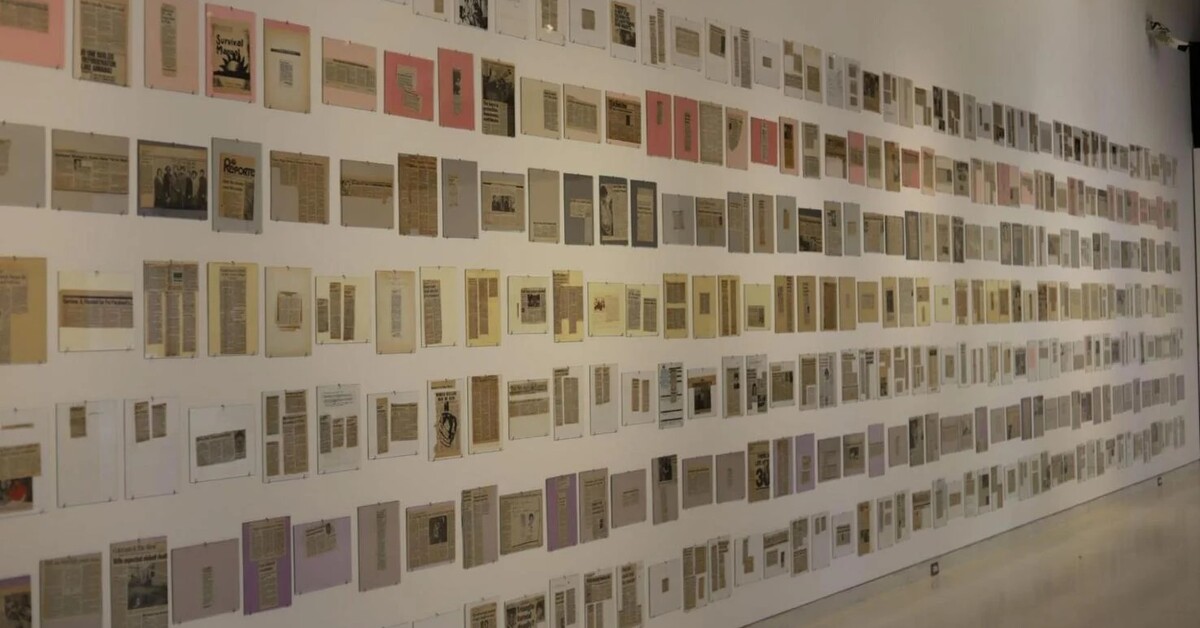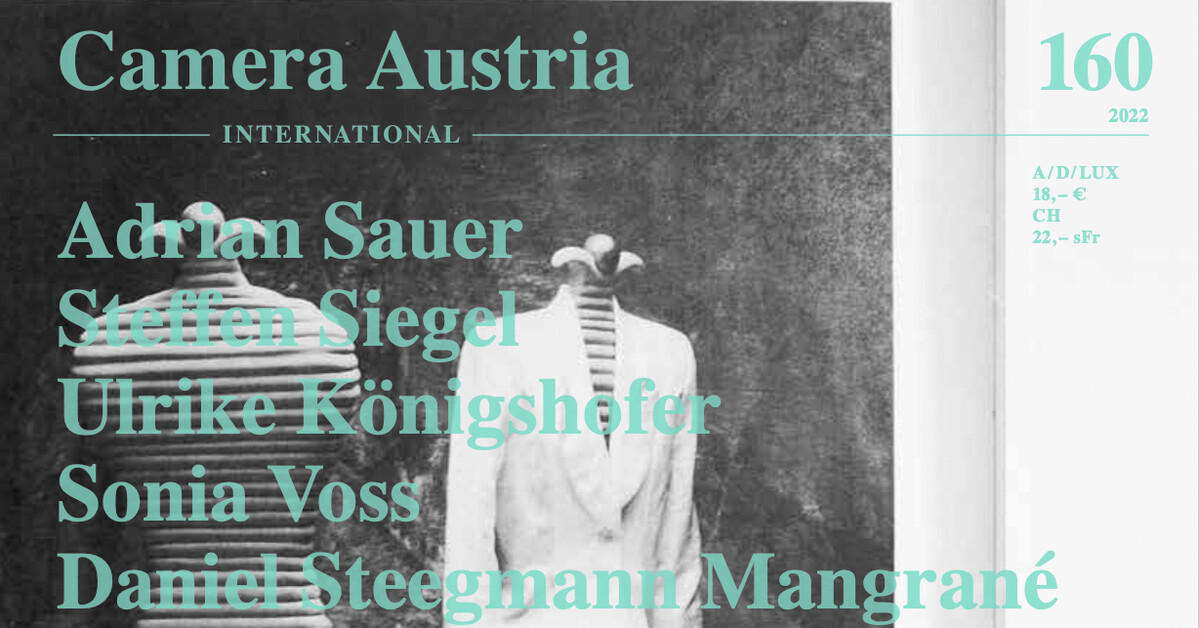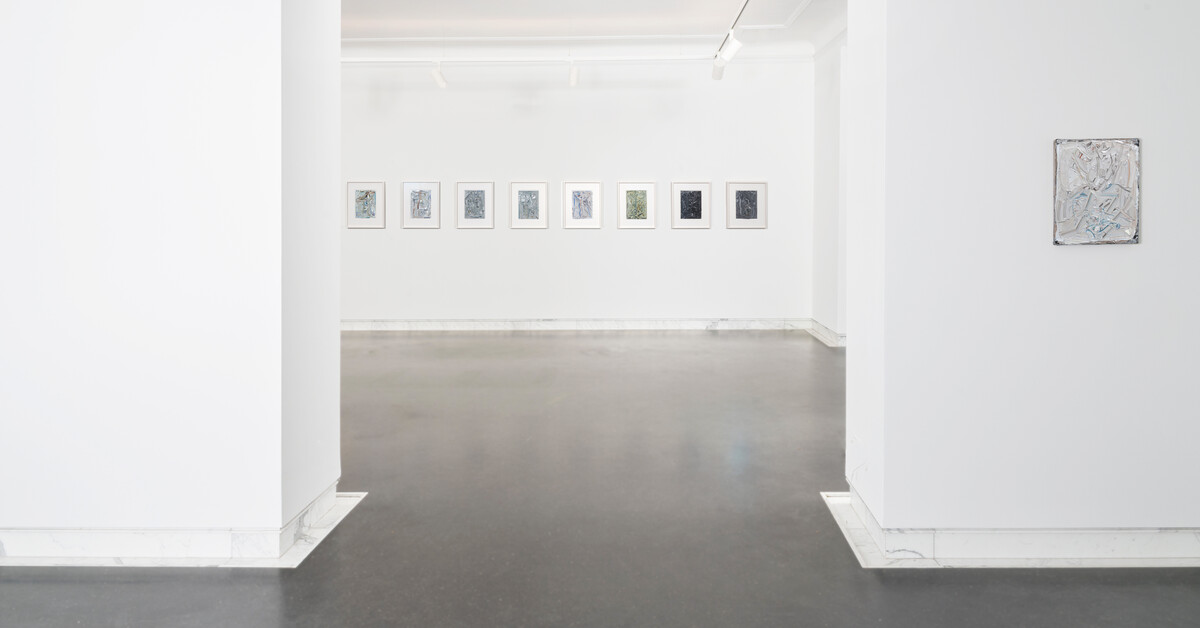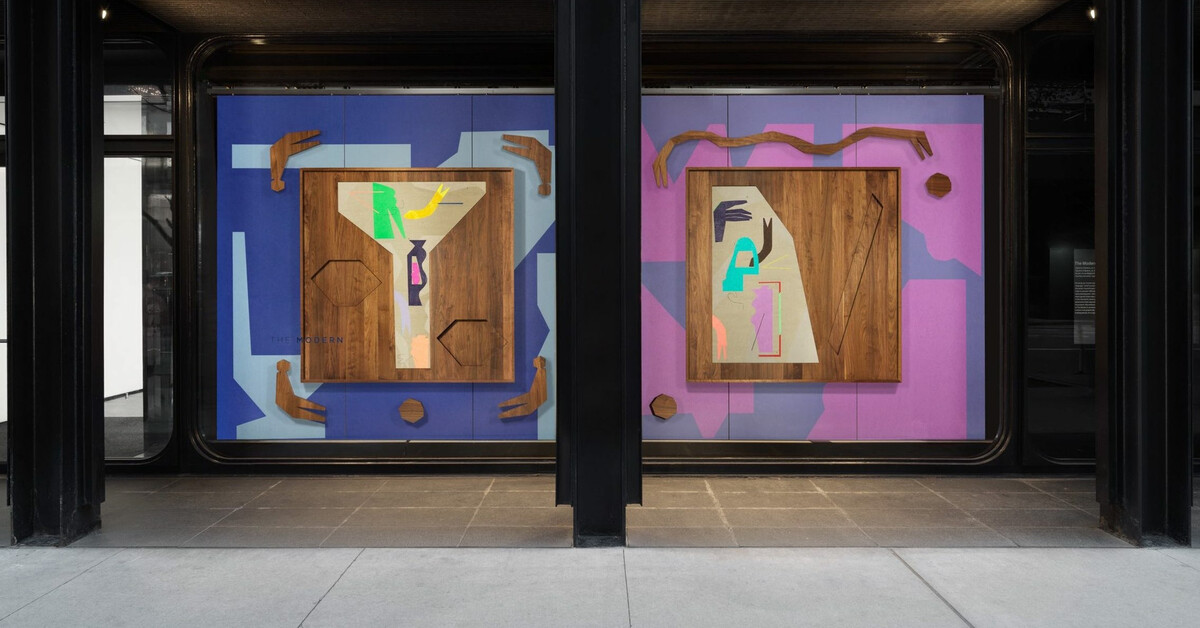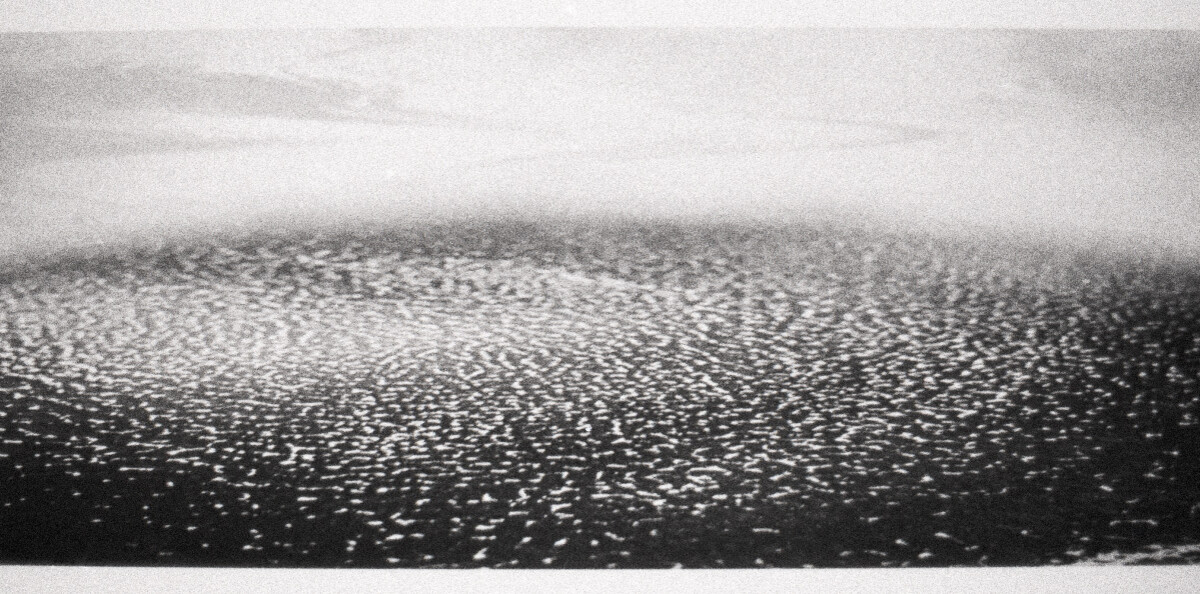Alex Chitty
Visual Art Source / Jan 14, 2023 / by Robin Dluzen / Go to Original
Continuing through January 28, 2023
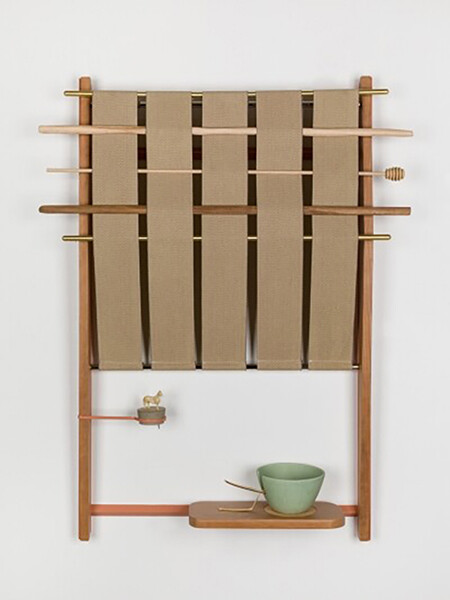
“She had her ceramics studio in the laundry room,” Chicago artist Alex Chitty said at her exhibition opening. Chitty explained that this show, titled “Figs break open of themselves,” is connected to a recent foray into her genealogy, and what she’s learned about the various creative practices of the women in her family. While maintaining a studio in the home is not at all uncommon, for female artists it can also be fraught, relegating one’s creative ambitions to the back room in favor of the domestic. But Chitty’s own works are not simply a feminist critique; they are a manifestation of and investigation into the duality of home life and art-making — an ever-looming conundrum that weighs disproportionately on women.
Tables and tabletops comprise Chitty’s exhibition, wall bound or flipped vertically to become a kind of picture plane for her three-dimensional vignettes. The artist’s grandmother’s kitchen table is spliced between the segments of the diptych, “In Other Words.” In “Lush Understory,” another worn wooden tabletop is layered in front of a hanging button-up shirt and beneath a black and white photograph of a woman painting with four arms, all captured at different moments in her brushstroke. In these assemblages, domestic objects, such as glass coasters and fake fruit, are recognizable, but oddly recontextualized, painted, altered or embedded into contiguous surfaces. These, along with details like tiny chess pieces and miniature figurines tucked into crevices or perched on outcroppings, invite the eye to peer more closely, so as to reassess what we might have assumed was taking place on these familiar planes.
There is an unfinished quality to Chitty’s assemblages, with melted cups, chalk marks, a dotted scissor cut line across a cast plaster grapefruit, all coming together at random. A honey dripper from out of the blue, and so many metal and wood rods as the warp to the weft of her furniture webbing in “Like a Mule Through Honey” all feels as though it might have occurred while the maker was in the middle of doing of something else: building, binding, dismantling, collecting. These tables may have been sites for suppers or piles of laundry. But the very fact of their aesthetic deployment suggests that they could have been witness to a different kind of work. Taken together with the various trappings of a certain class of domesticity, the evidence of making imbues these pieces with the potential of works-in-progress, as well as the potency of possibilities unrealized.

Alex Chitty, “Like a Mule Through Honey,” 2022, porcelain bowls, spoons, cast concrete, plastic horse, brass, honey dripper, various woods, cotton furniture webbing, powder coated steel, 40 3/4 x 31 1/2 x 8 1/2”
“She had her ceramics studio in the laundry room,” Chicago artist Alex Chitty said at her exhibition opening. Chitty explained that this show, titled “Figs break open of themselves,” is connected to a recent foray into her genealogy, and what she’s learned about the various creative practices of the women in her family. While maintaining a studio in the home is not at all uncommon, for female artists it can also be fraught, relegating one’s creative ambitions to the back room in favor of the domestic. But Chitty’s own works are not simply a feminist critique; they are a manifestation of and investigation into the duality of home life and art-making — an ever-looming conundrum that weighs disproportionately on women.
Tables and tabletops comprise Chitty’s exhibition, wall bound or flipped vertically to become a kind of picture plane for her three-dimensional vignettes. The artist’s grandmother’s kitchen table is spliced between the segments of the diptych, “In Other Words.” In “Lush Understory,” another worn wooden tabletop is layered in front of a hanging button-up shirt and beneath a black and white photograph of a woman painting with four arms, all captured at different moments in her brushstroke. In these assemblages, domestic objects, such as glass coasters and fake fruit, are recognizable, but oddly recontextualized, painted, altered or embedded into contiguous surfaces. These, along with details like tiny chess pieces and miniature figurines tucked into crevices or perched on outcroppings, invite the eye to peer more closely, so as to reassess what we might have assumed was taking place on these familiar planes.
There is an unfinished quality to Chitty’s assemblages, with melted cups, chalk marks, a dotted scissor cut line across a cast plaster grapefruit, all coming together at random. A honey dripper from out of the blue, and so many metal and wood rods as the warp to the weft of her furniture webbing in “Like a Mule Through Honey” all feels as though it might have occurred while the maker was in the middle of doing of something else: building, binding, dismantling, collecting. These tables may have been sites for suppers or piles of laundry. But the very fact of their aesthetic deployment suggests that they could have been witness to a different kind of work. Taken together with the various trappings of a certain class of domesticity, the evidence of making imbues these pieces with the potential of works-in-progress, as well as the potency of possibilities unrealized.

